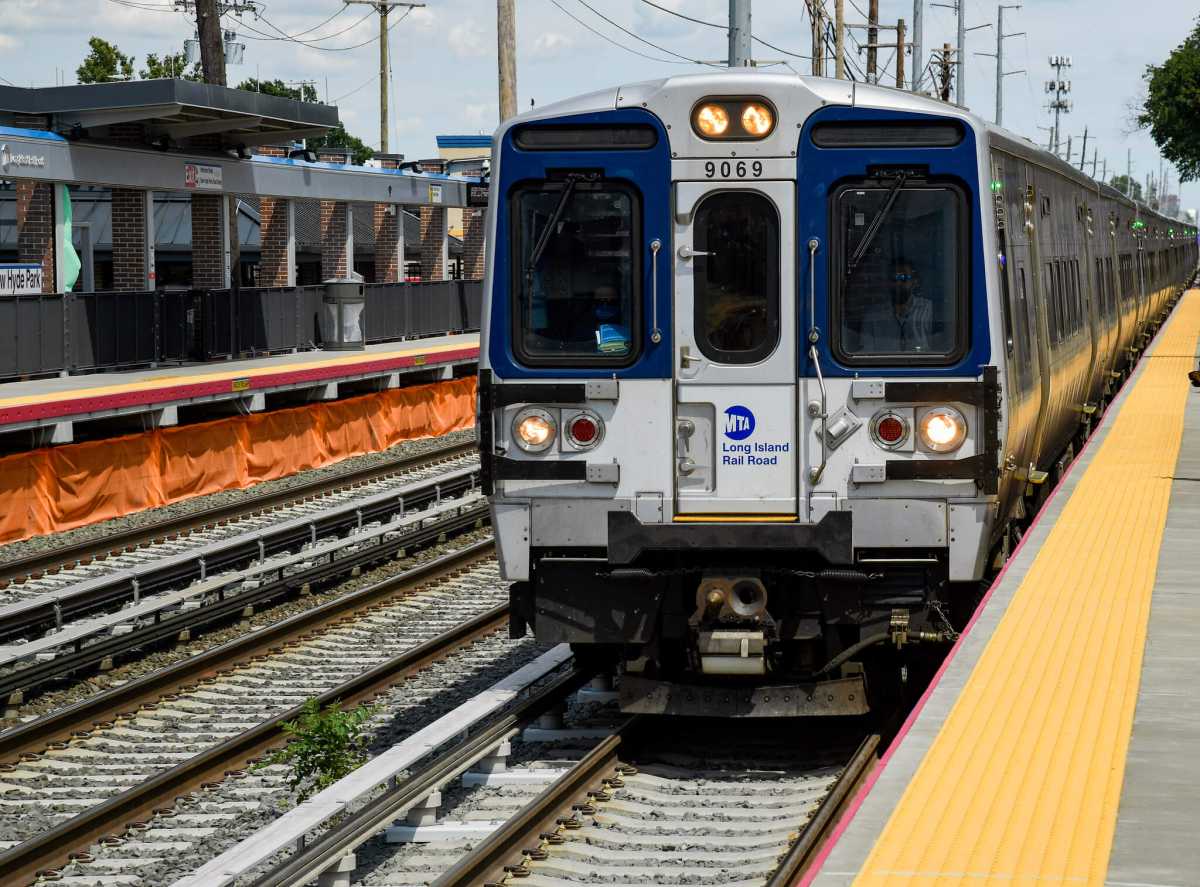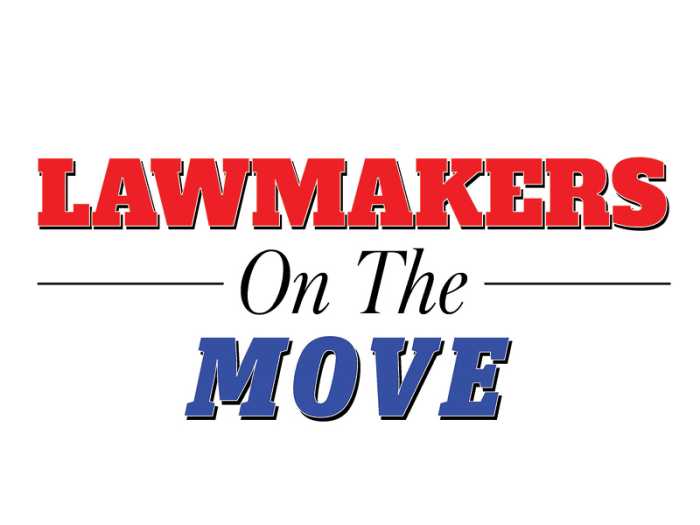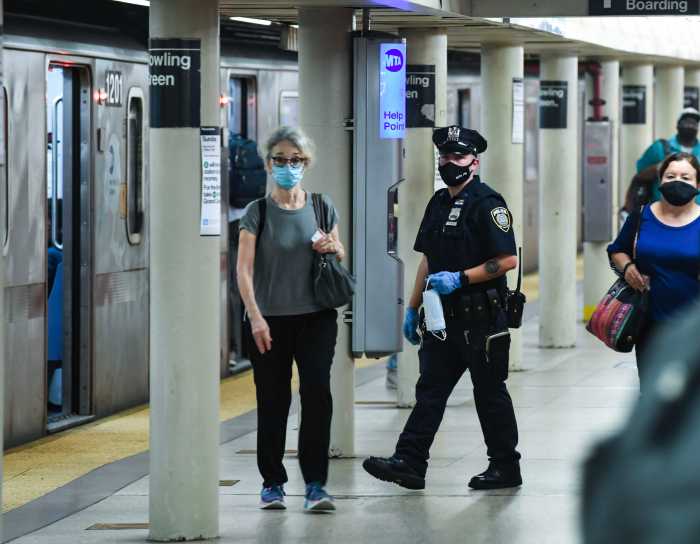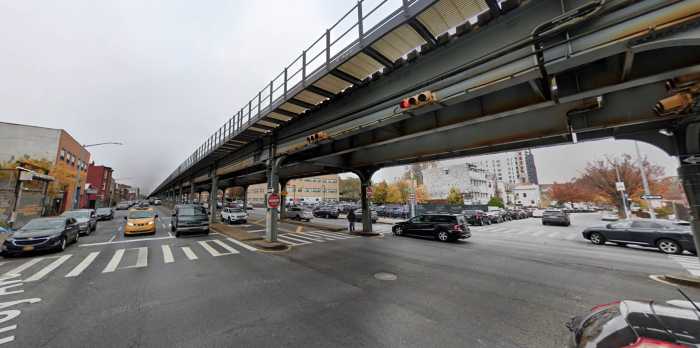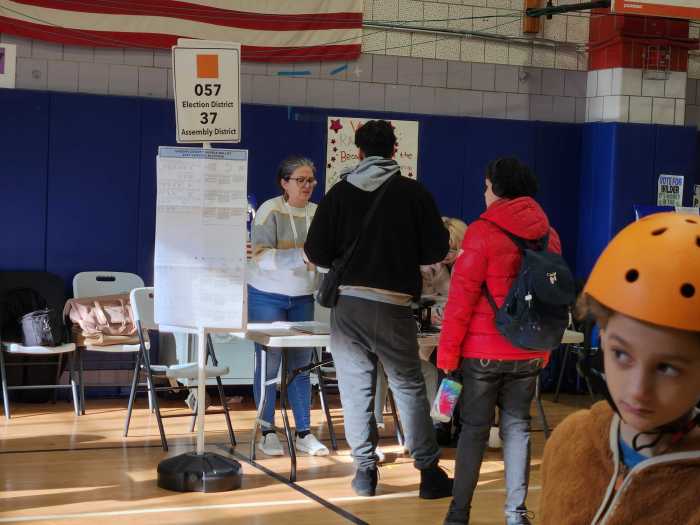Hundreds of Long Island Rail Road employees in sensitive jobs have worked excessive hours, sometimes more than 24 hours at a time, causing tragic accidents driven by fatigue and risking many more, according to a new audit by the MTA Inspector General’s office.
Over an eighteen-month study between January 2021 and June 2022, the IG’s office found that 267 workers in the LIRR’s Track division — which builds and maintains the railroad’s tracks, rolling stock, and other physical infrastructure — worked shifts longer than 24 hours on 4,375 separate occasions. 7% of all employee hours worked in the Engineering department, which includes the Track division, were toiled under “severe fatigue,” according to a mathematical model used by the IG.
One employee worked an eye-popping 84-hour shift in March 2022, building railroad tracks and switches and installing other equipment on the Third Track project on the LIRR’s Main Line and a capital construction project near Belmont Park.
Another employee assigned to utility maintenance, whose job includes driving work trains, worked shifts of 24 hours or longer on 64 separate occasions during the study period. Yet another employee, this one assigned specifically to operate heavy machinery, worked 107 hours in a single week, which only contains 168 hours total.
Such long hours without a night’s sleep can lead to on-the-job fatigue, which can have dire consequences. In June 2017, an LIRR track foreman was fatally struck by a passenger train near the Queens Village station. The ensuing investigation by the National Transportation Safety Board found the foreman had worked a double overtime shift that prevented them from getting a good night’s sleep for the two days prior to the fatal accident.
The accident took place on the day of the Belmont Stakes horse race, and the workers were maintaining the tracks for a higher-than-usual number of trains. After a watchman sounded a horn to warn of an oncoming train, the foreman crossed the tracks right into the path of the oncoming train, which was traveling at 78 miles per hour. The NTSB determined the watchman was also fatigued after working a double overtime shift.
“Fatigued workers put the safety of employees, the public, and railroad assets at risk, and we should not continue to normalize the situation,” said acting MTA Inspector General Elizabeth Keating. “Railroad management is also concerned and plans to take constructive actions to vigilantly manage excessive work hours.”
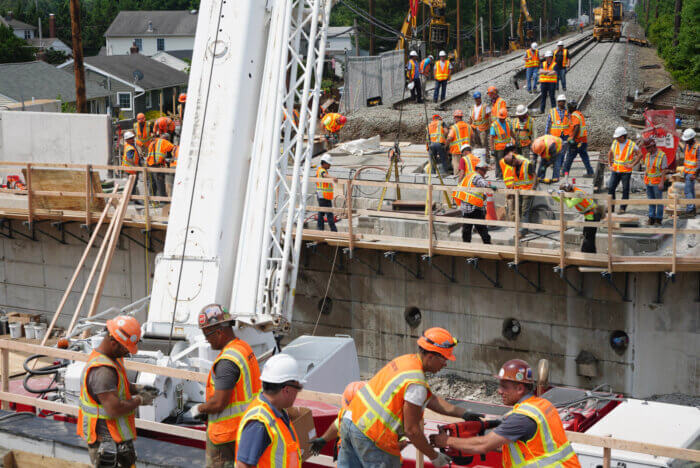
All track workers’ scheduled hours fall during regular business hours on weekdays, but much of the most grueling work is scheduled for nights and weekends, when ridership is lower and work won’t cause as much disruption.
As such, some of the LIRR’s most important track work, including construction on capital projects and critical maintenance, is performed during employees’ overtime hours. That work is also highly sensitive to deadline pressure, both from riders frustrated with the impact on their commute and politicians eager to keep projects on time and on budget.
In addition to directives from agency brass, union work rules also contribute to employees working extremely long shifts. For example, work rules require the most senior Track division employees be offered first dibs on overtime shifts, with workers themselves responsible for not biting off more than they can chew.
Even when excessive shifts don’t cause fatigue, they can reveal another problem as well: sleeping on the job. Workplace snoozing is not allowed at the LIRR but the IG’s office notes that supervisors do not conduct checks to ensure employees aren’t dozing off. In 2021, a convicted LIRR overtime fraudster told a judge that widespread sleeping on the job during overtime is an open secret at the railroad.
The report makes a number of recommendations for cutting down on protracted shifts. The railroad should cut down on consecutive shifts by encouraging workers to overlap selected shifts rather than work them consecutively, create positions with regularly scheduled hours during nights and weekends to cut back on overtime and train employees on various different types of equipment to ensure work gets done.
The IG also recommends filling open positions so the associated work doesn’t need to be done by employees working overtime, and creating a “centralized manpower office” for planning and coordinating overtime assignments.
The LIRR accepted the IG’s recommendations.
“The LIRR will never compromise on employee safety and has increased its efforts to reduce excessive hours by filling open positions and starting the process of establishing a centralized manpower office to better plan and coordinate work shifts,” said MTA spokesperson David Steckel. “The LIRR is always looking for opportunities to work with its union partners and identify opportunities to decrease consecutive hours and improve safety.”
The IG also recommended that the LIRR negotiate away union work rules that may incentivize excessively long shifts. Most LIRR employees’ union contracts will expire this month; the MTA says it is developing work rule reform proposals to bring to the bargaining table.
Last year, the Federal Railroad Administration issued a rule recommending all American railroads implement a “fatigue risk management program,” a written plan on how to limit extensive shifts and mitigate violations. The LIRR says its FRMP will be completed by next month, and will incorporate “biomathematical models” measuring the likeliness of fatigue during shifts.



